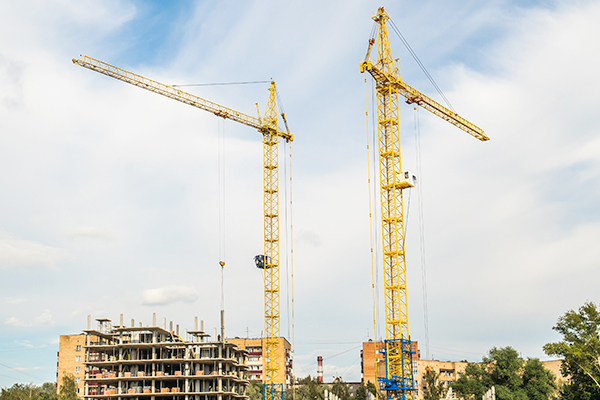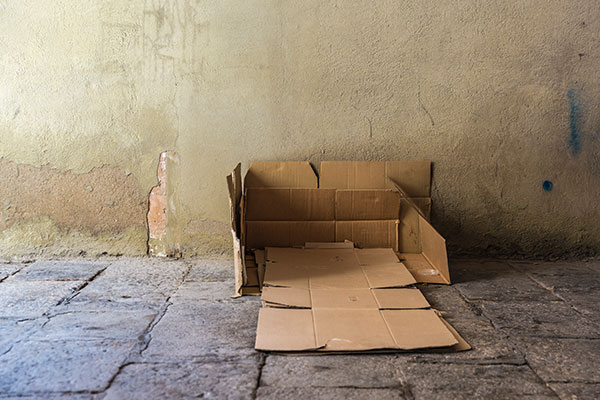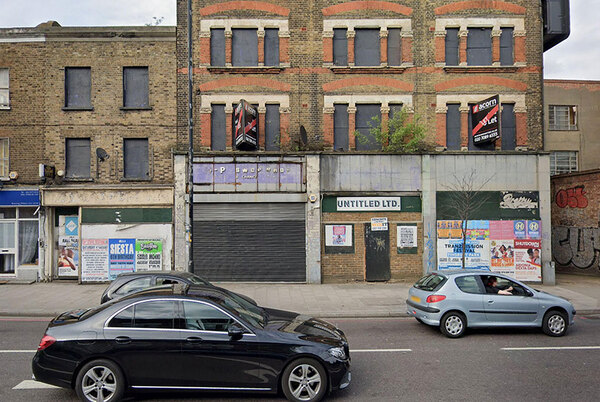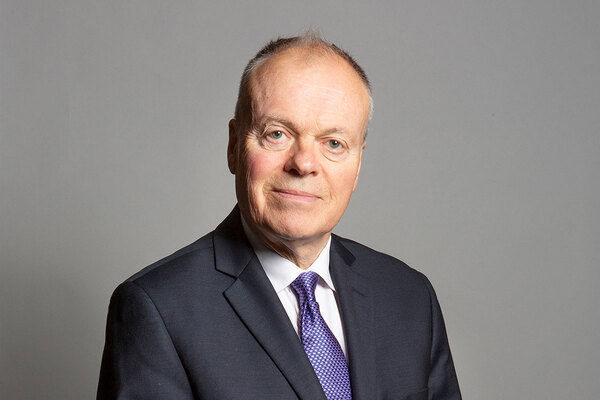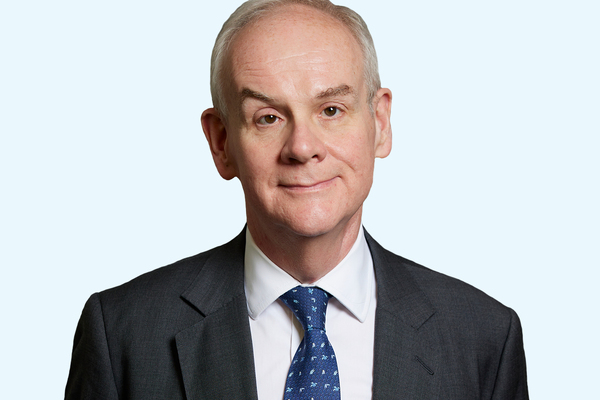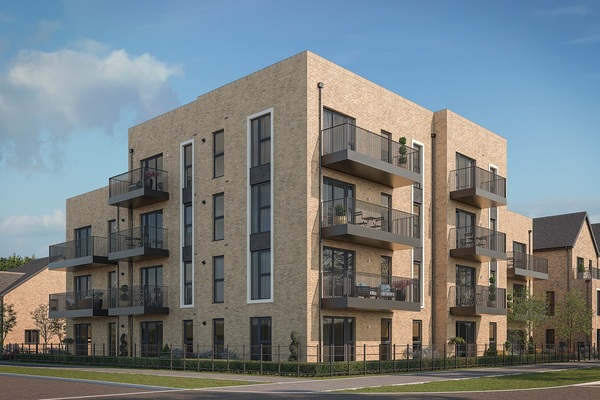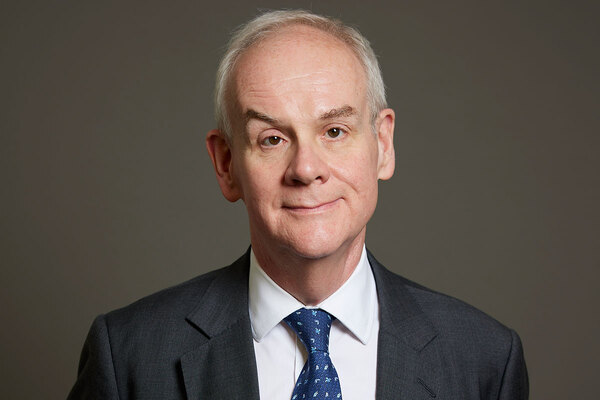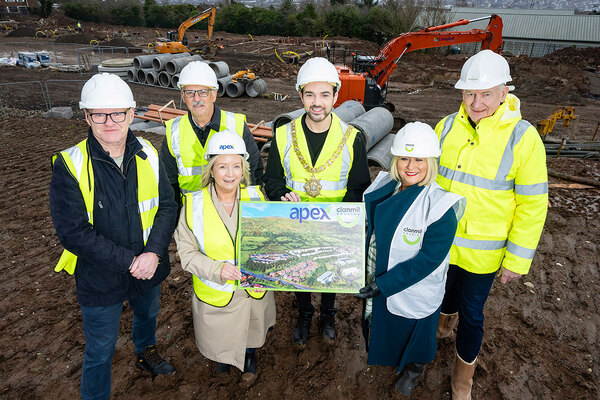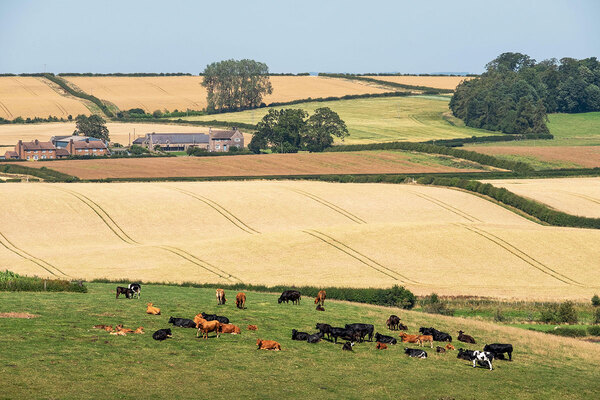You are viewing 1 of your 1 free articles
English Housing Survey: more social renters expect to buy
More social renters than ever expect to buy a home, the English Housing Survey has revealed.
According to the 2016/17 survey, which is published by the government and provides an overview of housing conditions and attitudes, 30% of social renters expect to buy a property at some point in the future, compared to 26.8% in 2015/16. This figure has been rising gradually since 2011/12, when it stood at 20.3%.
Elsewhere in the survey, figures revealed the growth of the private rented sector (PRS), which now accounts for 20.3% of residents in England. A total of 62.6% of residents own their homes and 17.1% are social renters.
Private renters first overtook social renters in 2011/12 as the second most common tenure, and have gradually increased their share since then, as social rent has declined.
There are now 3.9 million social renters, compared to 4.7 million private renters. There are more housing association tenants than ever, at 2.4 million, while council tenants account for 1.5 million of the total.
In London, the PRS is more common. It reached 30% of total residents for the first time in 2016/17.
There is also a much higher percentage of social renters in London than in other parts of the country, with the figure now standing at 22.4%. A total of 47.5% of Londoners own their homes.
The percentage of private renters receiving housing benefit continued to fall in 2016/17, reaching 22.4%.
For social renters, the proportion rose slightly, going against the trend for the previous four years. Nevertheless, the figure of 59% was well below the 2012/13 statistic of 65.6%.
A higher percentage of homes than ever had at least one working smoke alarm; the figure now stands at 91.6%. Housing association homes were the most likely to have one, at 95.5%, while private renters were the least likely, at 88.1%.


